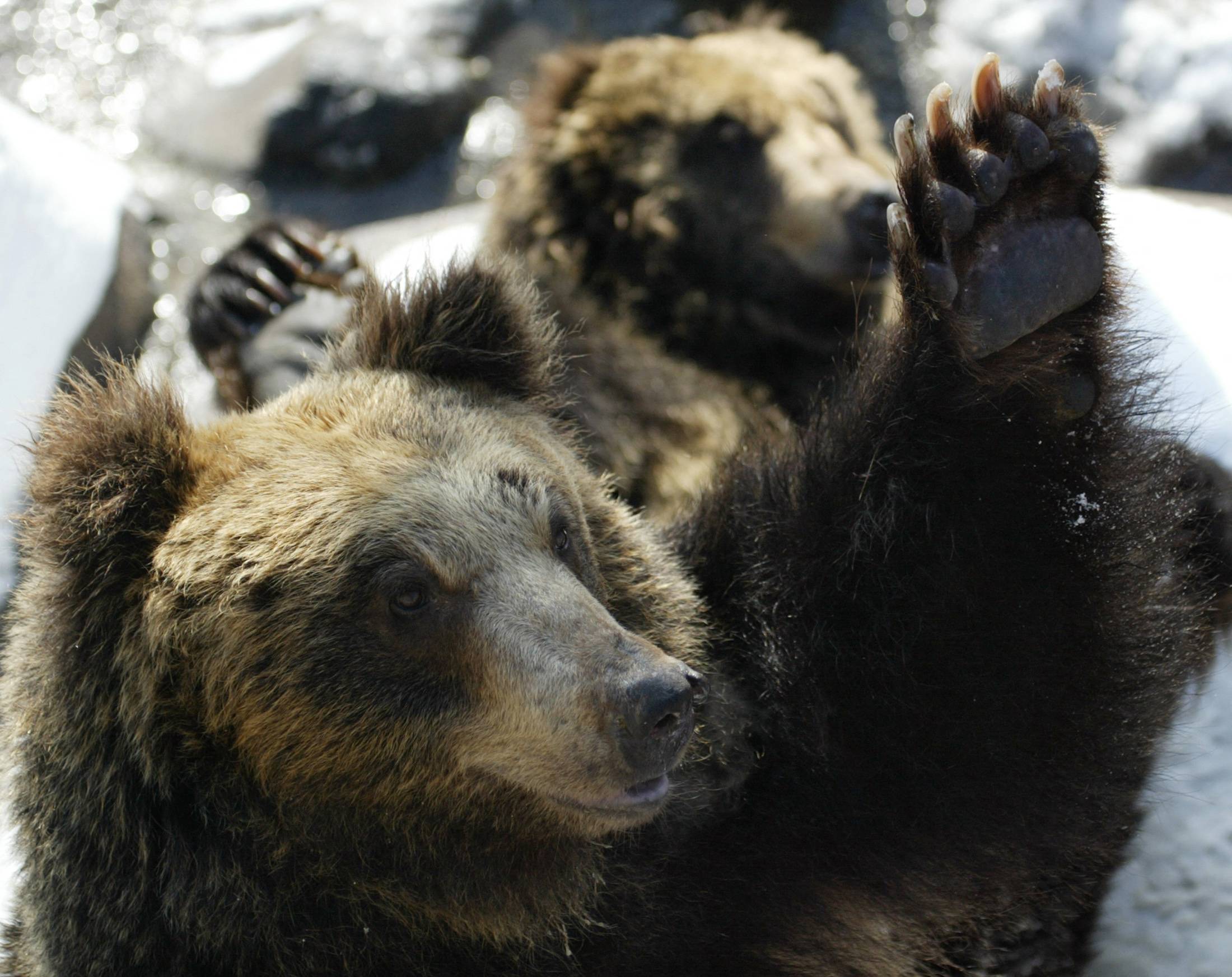A suspected bear attack in Hokkaido’s Lake Shumarinai district earlier this month has raised concerns among officials and bear experts that the island's growing population of brown bears, now estimated at nearly 12,000, is increasing the risks of deadly encounters.
Hokkaido police are investigating the May 14 disappearance of 54-year-old Toshihiro Nishikawa, who was fishing by himself at the lake, located in the town of Horokanai. An eyewitness told police a bear was seen in the area with waders in its mouth and an as-yet unidentified human head was found in the area the following day.
The news led to a rush of local and national media reports about the dangers of bears, especially at this time of year.


















With your current subscription plan you can comment on stories. However, before writing your first comment, please create a display name in the Profile section of your subscriber account page.